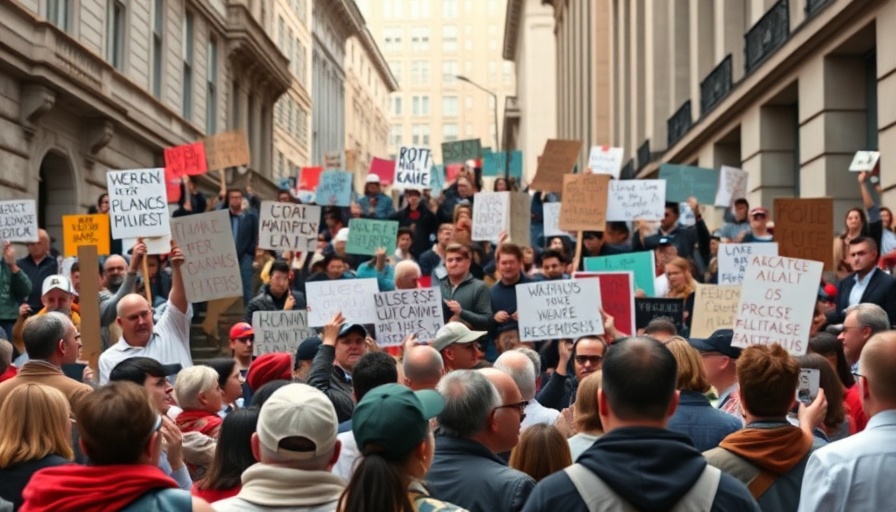
The Impact of Federal Oversight on Local Communities
The recent announcement from the Federal Rail Administration (FRA) about taking a more direct approach towards overseeing the Penn Station project has sparked considerable concern among local residents. As Gene Sinigalliano, a long-time resident of Block 780, articulates in his opinion piece, this hands-on management entails appointing Amtrak to lead the project, relegating the MTA and NJ Transit to supporting roles. Such a structure raises questions about who truly has the community's interests at heart.
Understanding the Community’s Resistance
For Sinigalliano and other advocates, the thrust towards terminal track expansion threatens the very essence of their neighborhood. The belief is clear: to ensure affordable housing and community integrity, demolition should not even be on the table. Instead, a thorough evaluation of the current transit needs must precede any major redevelopment discussions. This hesitation echoes a broader sentiment among residents who fear losing their homes and history amidst urban development.
The Need for Inclusive Planning Processes
An essential part of this discussion involves fostering public engagement. By including diverse perspectives from local constituencies, plannings could become more considerate of community needs. The FRA’s guidelines suggest that initiating models like the Rail Traffic Controller before any financial outlay could help avoid potential conflicts of interest and misallocation of resources, ultimately benefitting both the railroads and the residents.
Exploring Sustainable Development Options
Efforts to enhance Penn Station’s operational efficiency need not come at the cost of demolishing local neighborhoods. Forward-thinking development strategies that integrate local feedback can foster both better transit and thrive local communities. Such considerations might compel important stakeholders, including Vornado Realty Trust, to prioritize corporate social responsibility alongside their business goals.
Ultimately, navigating these complex dynamics will require commitment from all parties involved. Community voices, like that of Gene Sinigalliano, must continue to influence decisions that significantly affect the lives of residents and the fabric of New York City.
 Add Row
Add Row  Add Element
Add Element 



Write A Comment